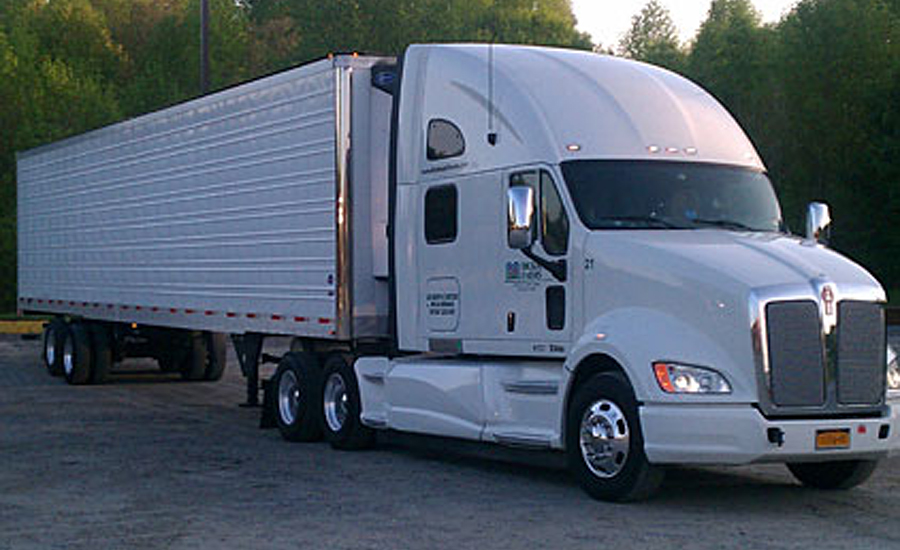The Council of Supply Chain Management Professionals (CSCMP), Lombard, Ill., released its 27th Annual State of Logistics Report, which was produced in collaboration with global strategic management consulting firm, A.T. Kearney, Chicago, as the author and researcher, and Penske Logistics, Reading, Pa., continuing in its longstanding role as top supporter of the report.
"This highly anticipated report contains the statistics and industry insights that will not only help our members do their jobs better, but also better prepare them for the business demands ahead," says Rick Blasgen, president and CEO of CSCMP.
The report includes a focused narrative on the economic environment impacting logistics; insights from interviews with industry leaders, including shippers, carriers and analysts; a spotlight on relevant trends; and a strategic point of view on the state of the industry.
"It is a dynamic time for the logistics sector—macro economy, new business models, technology—we are pleased to support CSCMP in the development of this report," adds Sean Monahan, partner of A.T. Kearney and co-author of the report.
The report also reveals total U.S. business logistics costs rose to $1.48 trillion in 2015, a 2.6% increase from the previous year, which represents a considerable slowdown from previous years.
"Supply chain transparency continues to grow in importance for shippers and third-party logistics providers," says Marc Althen, president of Penske Logistics. "This is driving significant technological change for 3PLs and shippers alike, as they collaborate and share more real-time information to enable data-driven business decisions and meet the growing needs of consumers."
Key observations include:
Logistics industry is entering a new era. Over the next decade, the logistics industry will enter a new era. Disruptive forces, including technology and operational constraints, threaten to fundamentally change the rules of the game.
Motor carriers are experiencing rate weakness. Rates and demand for transportation are soft, and will continue to fall.
Truck driver shortage continues. Despite softening demand and slower rates, competition for drivers remains intense.
Parcel and express is being fueled by B2C. Parcel and express continues to grow, with the main drivers being the explosion of B2C e-commerce and omni-channel retail.
Water shipping is in flux. Containerized shipping is experiencing significant overcapacity, creating a favorable rate environment for U.S. shippers.
Airfreight experiencing overcapacity and falling rates. Demand for airfreight services remains sluggish due to economic uncertainty, while overcapacity is being exacerbated by a shift to wide-body aircrafts.
Pipelines are catching up with demand. U.S. oil and gas production has surged over the past decade. U.S. pipeline investment will account for three-quarters of all planned capital investment in transportation modes.
Rail volume reduction. A steep decline in coal traffic and crude by rail, macroeconomic weakness and a pause in the growth of intermodal traffic resulted in overall rail volume reduction.
Technology is driving 3PLs. Technology continues to play a key role in the evolution of the 3PL market.


